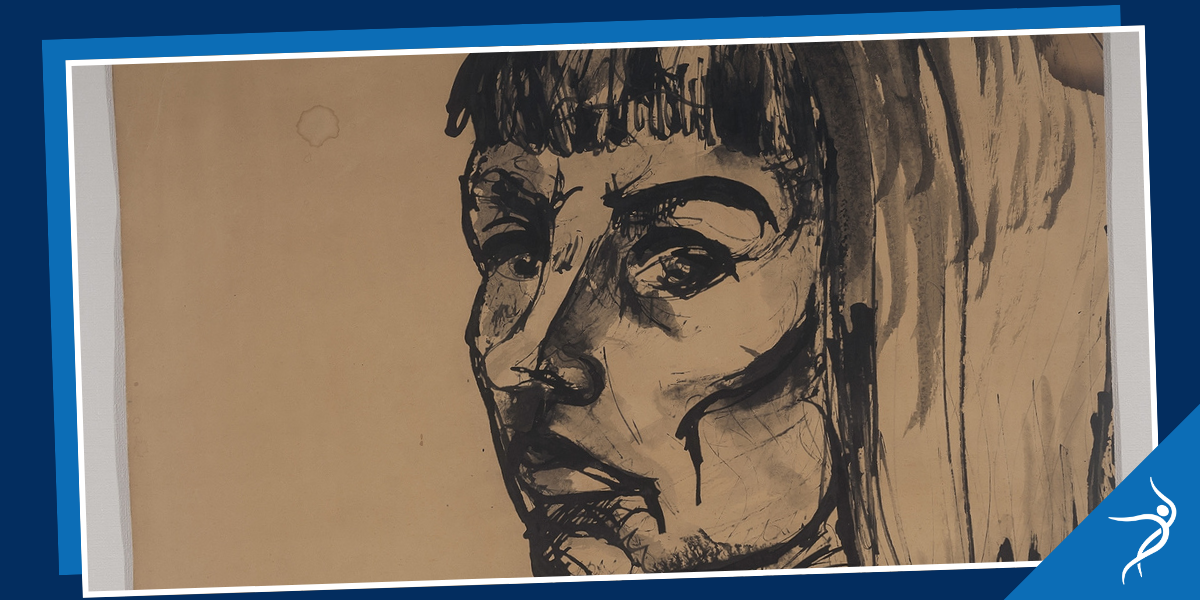
Love Made into Stone: Artwork by Lily Garafulic
A Commemoration of the 30th Anniversary of the National Prize in Arts, Chile
-
DateOctober 2 - 30, 2025
-
LocationJanet Hennessey Dilenschneider Gallery
-
Doors OpenFree and Open to the Public - Gallery Hours are 10:00AM to 5:00PM
-
Ticket PricesFree
Event Details
Lily Garafulic Yankovic (1914–2012) was a Chilean sculptor, and was among the 40 Generation artists, who drew heavily from impressionism and Fauvism and remained largely removed from the more overtly political work being made at the time, drawing their name following the Salón oficial (The Official Salon) exhibition at the Chilean Museum of Fine Arts in 1941. Garafulic received a Guggenheim Fellowship in New York City in 1944, and served as director of the Chilean National Museum of Fine Arts from 1973 until 1977. She received the 1995 National Prize in Arts awarded by Chile.
Nominal sponsorship for this event from:
Gabriela Mistral Foundation, Inc.
North American Chilean Chamber of Commerce
Consulate General of Chile in New York
Mamalluca Chilean Cinema Series USA
Croatian Academy of America
with the collaboration of the
Embassy of Chile to the United States
Related Links
About the Artist
Lily Garafulic Yankovic, sculptor. Born in Antofagasta, Chile, on May 14, 1914, to Croatian parents, she was the youngest of nine siblings and spent her childhood and education in Santiago. From a young age, Lily demonstrated great talent as a draftsman and was influenced by the artistic environment in which her brother, the architect Andrés Garafulic, grew up.
She entered the School of Fine Arts at the University of Chile in 1934. She studied drawing at Hernán Gazmuri's studio and later became the most gifted student in Lorenzo Domínguez's sculpture studio, becoming his assistant in the sculpture course in 1937. She was a member of the Generation of the 1940s.
In 1938, a stay in Paris allowed her to meet Constantin Brancuşi, whose simplicity and expressive power she always admired. She continued her training in sculpture and mosaic and stained glass techniques . In the United States, between 1944 and 1945, thanks to a Guggenheim scholarship awarded for her outstanding performance, she entered the New School of Social Research in New York, where she was a student of José de Creeft. At the same time, she studied engraving at William Hayter's Atelier 17.
In addition to her sculptural career, she also served as a no less important professor at the Faculty of Arts at the University of Chile. Since 1947, she has served as a substitute professor of sculpture, which has made her a key trainer and mentor for subsequent generations of sculptors.
In 1948, she received a scholarship from the University of Chile to attend the School of Ravenna, Italy, to study mosaic techniques. It was during this trip, during a visit to Paris, that she met André Breton.
In 1951 she was appointed professor of Sculpture at the University of Chile.
In 1957, she was appointed Chilean representative to UNESCO at the International Association of Plastic Arts, Fine Arts Congress in Dubrovnik, Yugoslavia; in 1959, she served as President of the Symposium of Plastic Artists of the Southern Cone (UNESCO), Santiago, Chile; in 1960, she traveled to Easter Island to visit her teacher, Lorenzo Domínguez; in 1966, she traveled as a visiting professor at the School of Fine Arts in Lima, Peru; in 1971, she was a guest professor at Columbia University in New York, United States; in 1975, she served on the International Jury for UNICEF in New York, United States; and as a Representative at the Congress of Latin American Artists in Arica, Chile.
In 1973, she was appointed Director of the National Museum of Fine Arts. Her tenure, which lasted until 1977, was responsible, among other things, for the modernization of the heritage collection's conservation. Thanks to an agreement between the Museum, the OAS, and UNESCO, a Laboratory for the Restoration and Conservation of Works of Art was created at the National Museum of Fine Arts. This laboratory continued until October 1982, when the National Center for Conservation and Restoration of the Directorate of Libraries, Archives, and Museums (DIBAM) was established.
Considered among the three most important sculptors in the history of Chilean art— along with Rebeca Matte and Marta Colvin—Lily Garafulic has received high distinctions in Chile and international art circles. In 1985, she received the Circle of Art Critics Award; in 1992, the Rebeca Matte Prize awarded by the Ministry of Education; in 1995, the National Art Prize awarded by the Chilean government; and in 1997, she was named Professor Emeritus of the University of Chile.
She passed away in Santiago, Chile on March 15, 2012 at the age of 98.


